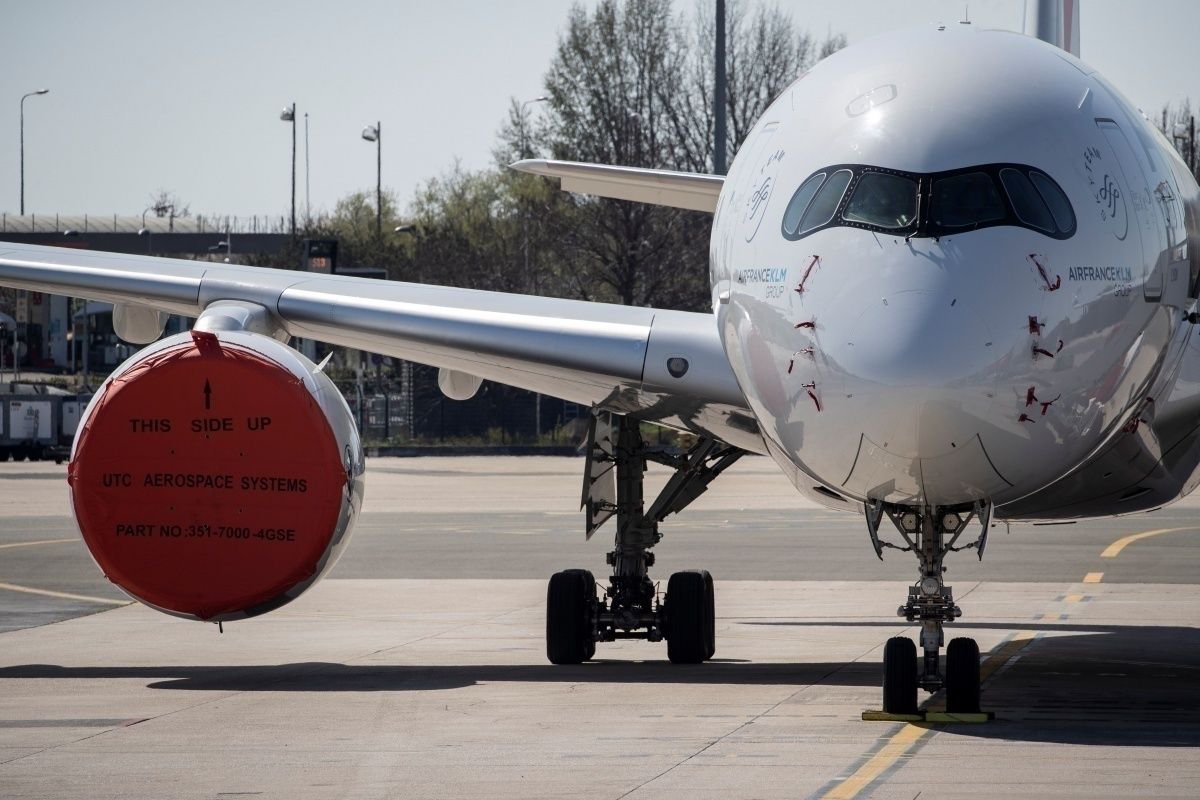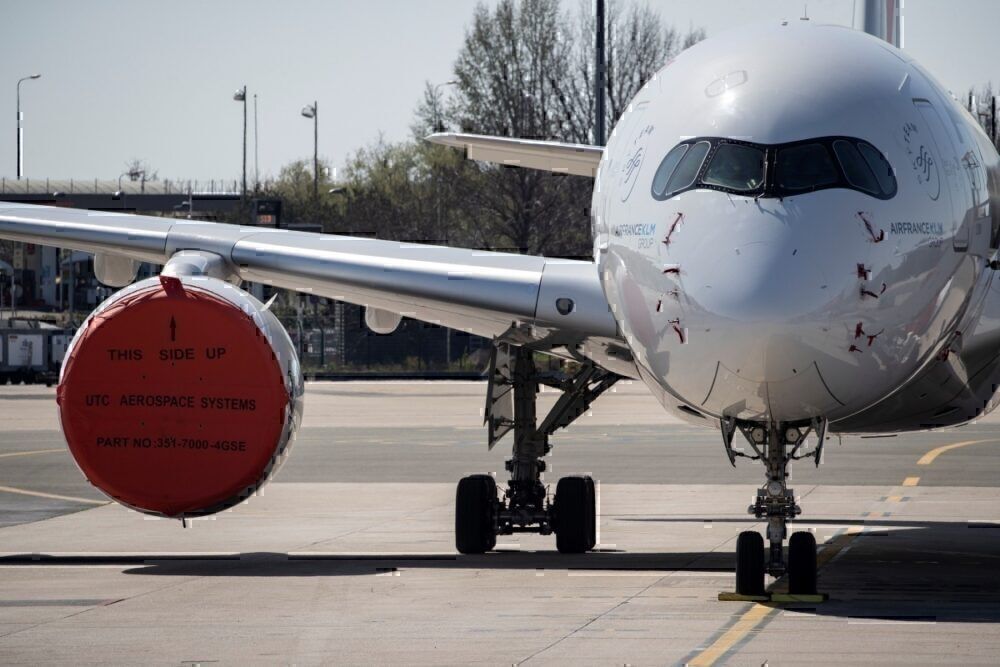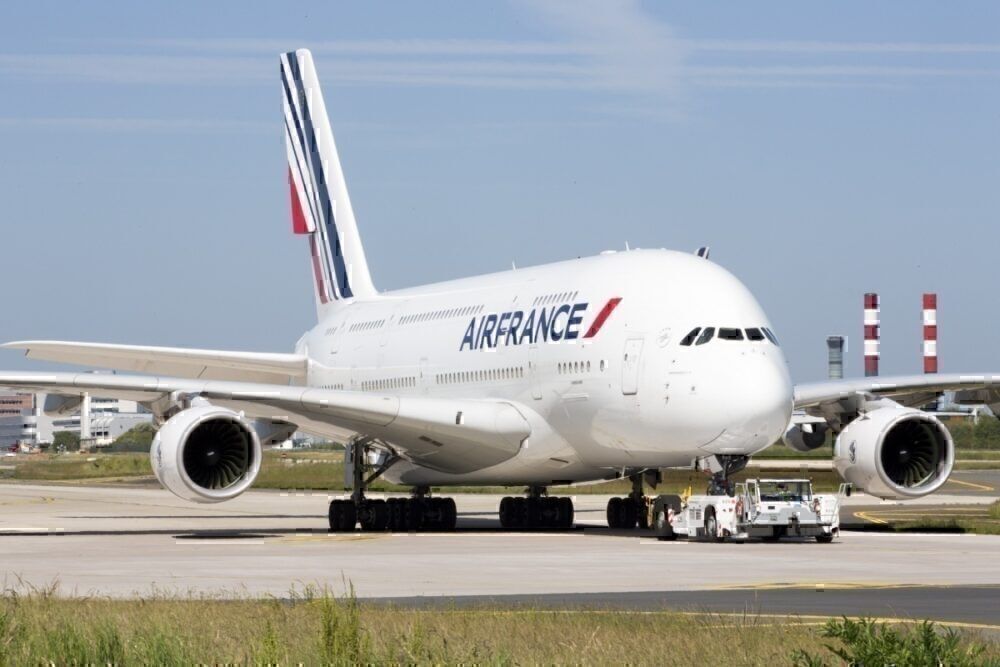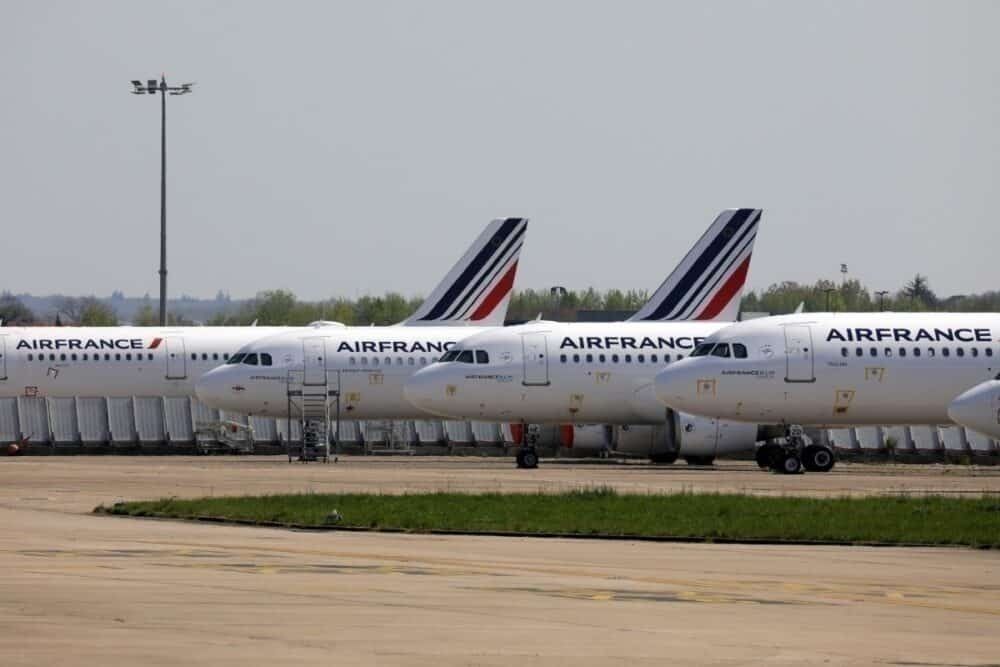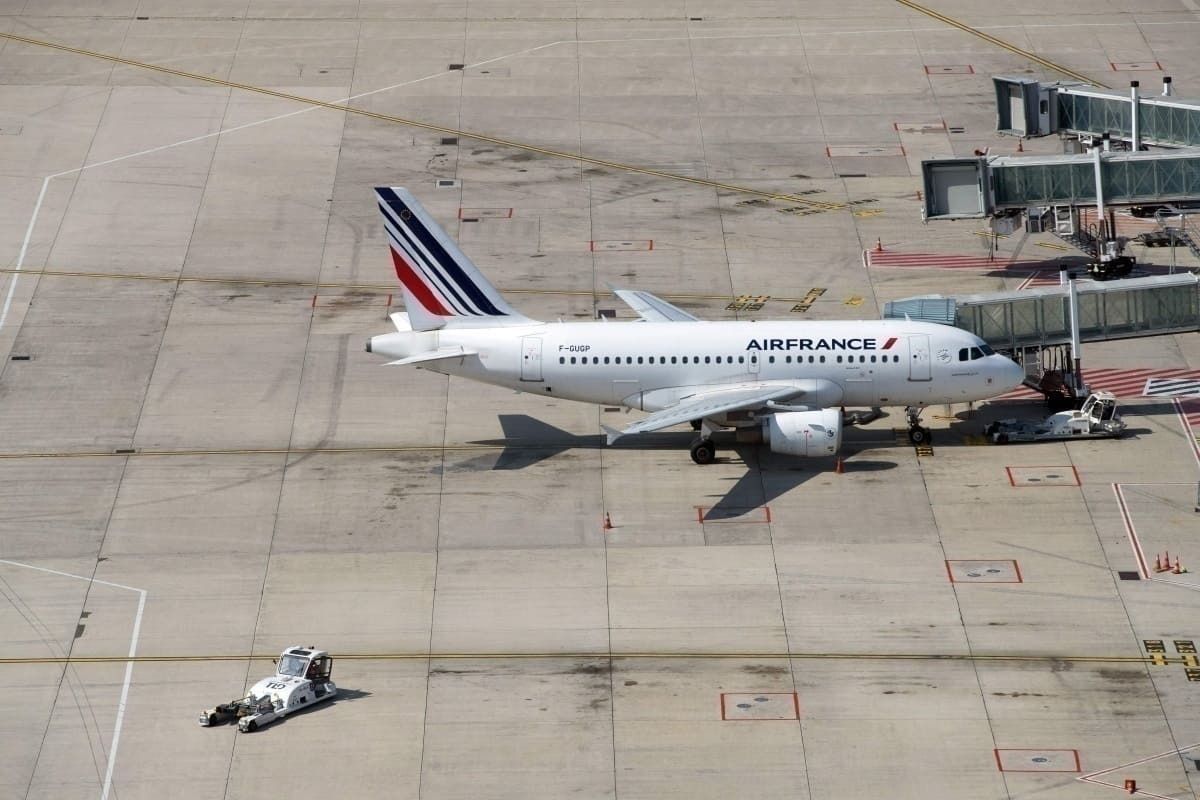Earlier this week, Air France shared that it has parked 80% of its fleet in short-term storage. The airline said on Thursday that it was taking an active approach to maintain aircraft for a return to the skies in no more than three months. However, is Air France's approach too narrow-sighted?
Air France aircraft placed into storage
Over the past few weeks, Air France has been steadily grounding its fleet, including its gargantuan A380s. Since the extent of the coronavirus pandemic is not yet known, many airlines are being forced to ground aircraft for unknown amounts of time. However, Air France has taken more of an optimistic approach. It's put its aircraft in short-term storage in the hopes that the pandemic will abate over the next one to three months.
The air carrier has parked its planes at three locations across France. Some are stationed in the airline's maintenance base in Toulouse Blagnac, but the rest are split between two Parisian airports: Paris Charles De Gaulle and Paris Orly.
Despite these aircraft being in storage, there is a lot that needs to be done to maintain them. Air France has 1,000 employees working to keep the aircraft in tip-top shape. So, how does it all work?
What is Air France's short-term storage procedure?
Air France is carrying out "active" storage. This process will see aircraft remain grounded for between one and three months. 150 hours of work will be needed to keep the planes ready for operation post-coronavirus.
The first stage of the process is to get the aircraft ready for their storage placement. Aircraft will need to be protected correctly with tarps. Windows will be blocked off, as will vents to prevent animals from nesting inside. The fan blades will also need protection and landing gear and hydraulics cleaned. This process is the most time-consuming, but the work done at this stage is crucial.
Afterward, Air France's aircraft will routinely be checked. It will move the planes to alleviate pressure on the tires. The engine will be switched on, and general inspections will be carried out to ensure everything is still in working order.
The final step in the process is to get aircraft ready for routine service. This will require two days of work that involves removing the protective equipment and giving the aircraft a once over.
Safety comes first
In a press statement, the Executive Vice President of Engineering and Maintenance at Air France said that safety was the top priority throughout. Géry Mortreux said:
"In these special circumstances, our priority is the safety of our flights, our customers and our staff. At the present time, we monitor our entire fleet on a daily basis, with each of our aircraft receiving special care and attention. Nothing is left to chance.
"Our primary mission is to ensure our fleet of aircraft are maintained in the best possible condition so that we can put our aircraft back in the air in complete safety as soon as this becomes possible".
Like most airlines, Air France wants to get its aircraft back up in the air as soon as possible. But is it's approach too optimistic?
Will Air France's aircraft need to stay in storage for longer?
No one knows how long the airline industry will suffer as a result of the coronavirus. However, the consensus is that even when the majority of restrictions have been lifted, it will be a while before things get back to normal. Assuming that aircraft will be in operation again in a month is, at this point, quite unthinkable. What about three months?
Interestingly, other airlines have not been vocal about how long they intend to keep their aircraft in storage. Some, like Delta, have parked them in long-term storage facilities. However, a decision like that does not necessarily indicate that they will stay for a long time. The benefits of a long-term storage facility like Pinal Airpark in Arizona ensure that aircraft are kept in the best possible condition for however long it takes for them to be operational again.
Even though Air France might be optimistic about when its aircraft return to operation, it also has the flexibility to keep the aircraft in storage for a long time. The second phase of the active storage process could be extended so that regular checks continue without the aircraft being prepared for operation.
What do you think? Will Air France need to extend its storage? Let us know your thoughts in the comments.

